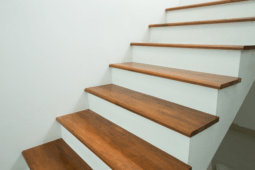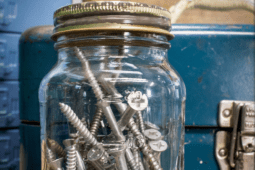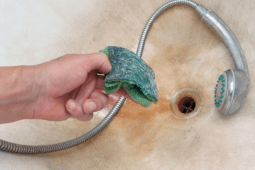Hammer Drill vs. Impact Driver: Which is Better?
When it comes to drilling into tough surfaces like concrete or brick, a traditional drill just won’t cut it. That’s where a hammer drill would come in handy. Both tools are designed to provide extra power and torque to handle a range of tasks, but they are not equal. Which one is right for your project? Let’s take a closer look at the differences between hammer drills and impact drivers.
The choice between a hammer drill and an impact driver depends on the job you need to do. If you’re working with tough materials like concrete or masonry, a hammer drill is definitely the way to go. However, if you’re looking to drive screws and bolts quickly and efficiently, an impact driver is the better choice.
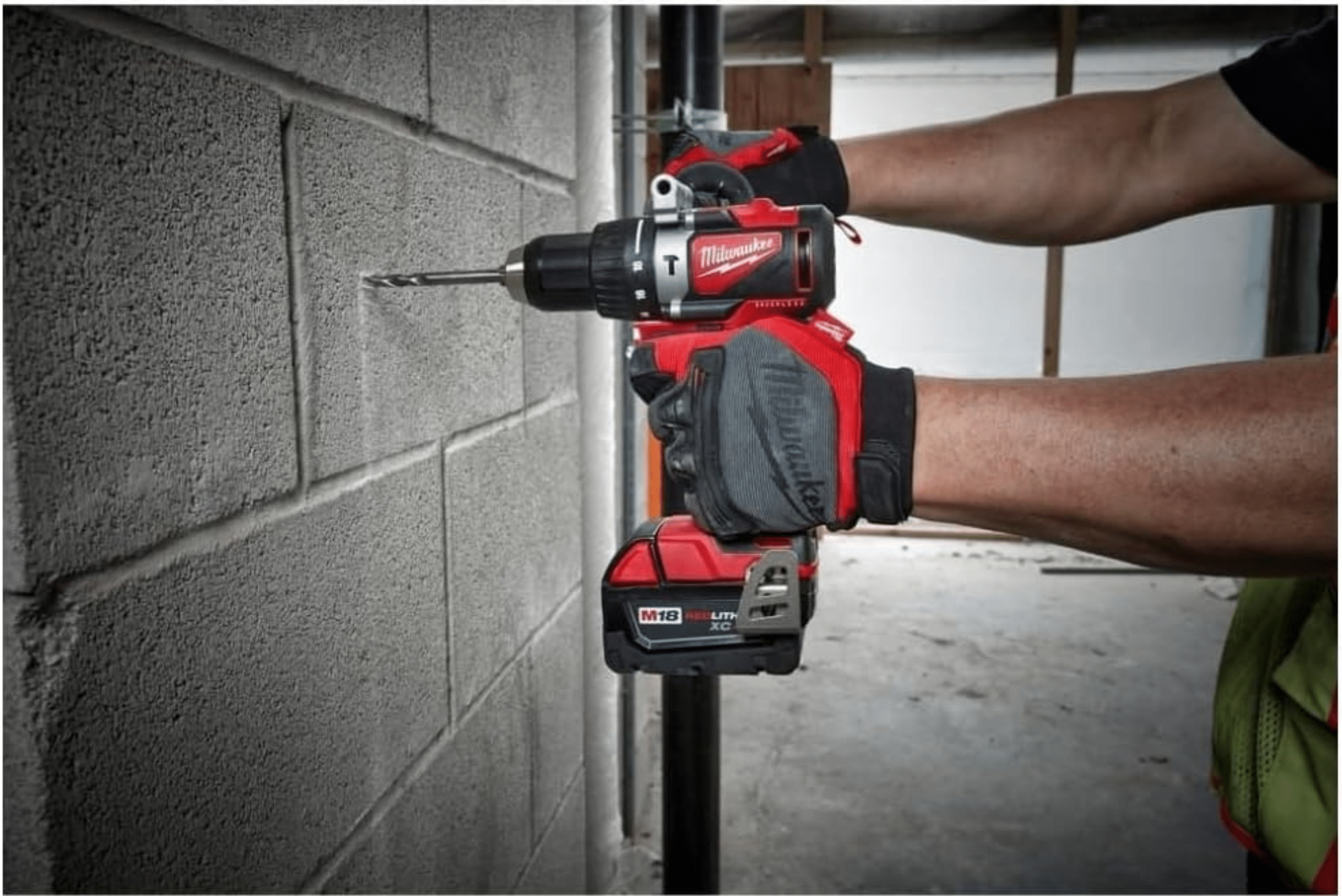
An impact driver is designed to drive screws into materials like wood and metal quickly and efficiently. It uses rotational force to drive the screw into the material, and it also has a striking action that helps to loosen stubborn screws.
On the other hand, a hammer drill is designed to drill holes into hard materials like concrete and brick. It uses a pulsating action to break up the material as it drills, making it easier to create a hole. While both tools deliver outstanding performance, they each have their own specific strengths and are best suited for different jobs.
Hammer Drills
A hammer drill is a powerful tool used to drill into hard surfaces like concrete, brick, and stone. It works by combining a drilling action with a hammering motion. When the drill bit rotates, it also moves back and forth rapidly, creating a hammering motion that helps to break apart the hard surface.
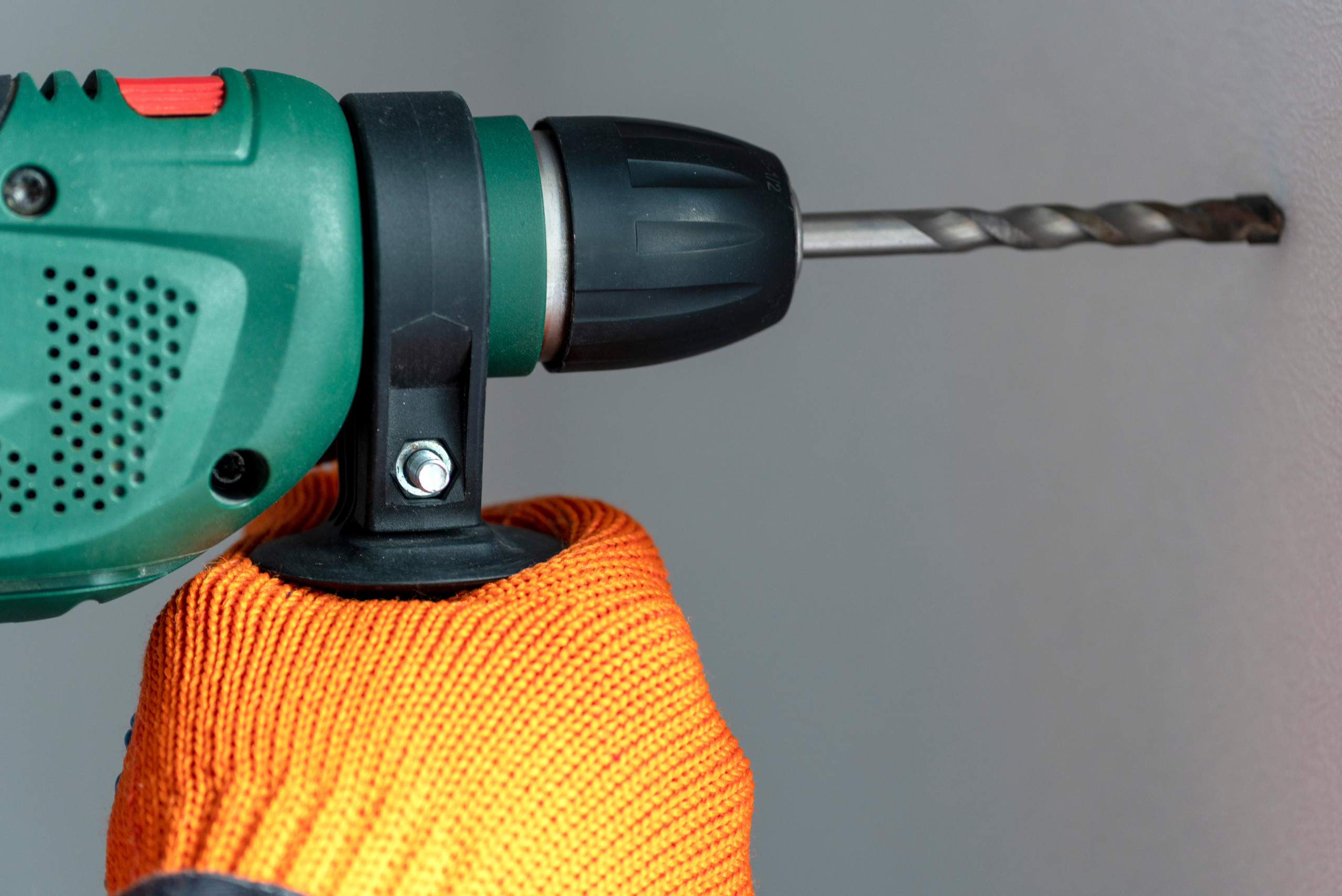
This is achieved by using a cam mechanism that pushes a piston back and forth inside the drill. The piston strikes a hammer that hits the back of the drill bit, causing it to move forward and backward. As a result, the bit chips away at the surface, making it easier to drill through.
Hammer drills are commonly used in construction and DIY projects and are available in corded and cordless versions. They are ideal for drilling holes in masonry, concrete, and other hard materials and are a must-have tool for any serious DIY enthusiast or professional contractor.
Advantages
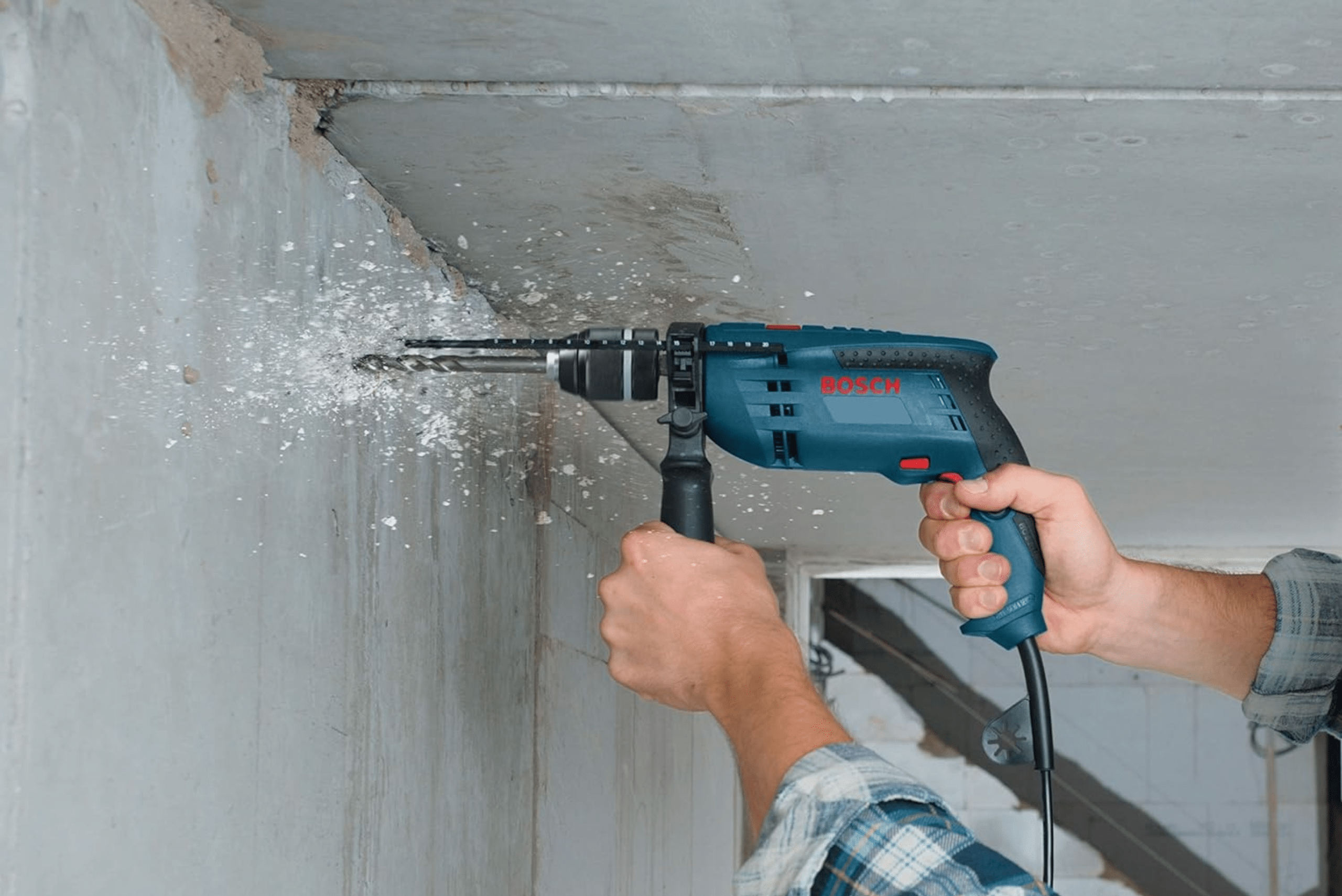
One of the main advantages of using a hammer drill is that it is designed to provide a powerful and rapid drilling action, which allows you to complete your project quickly. Another advantage of using a hammer drill is that it is designed to be easy to use, which makes it ideal for both professional and DIY projects.
Additionally, hammer drills are often compatible with a variety of different bits, which means that you can use them for a wide range of applications. Finally, a hammer drill is also designed to be durable and long-lasting, which means that you can expect to get many years of use out of your investment. Overall, if you are looking for a reliable, powerful, and easy-to-use tool for your drilling needs, a hammer drill is an excellent choice.
When to Use a Hammer Drill
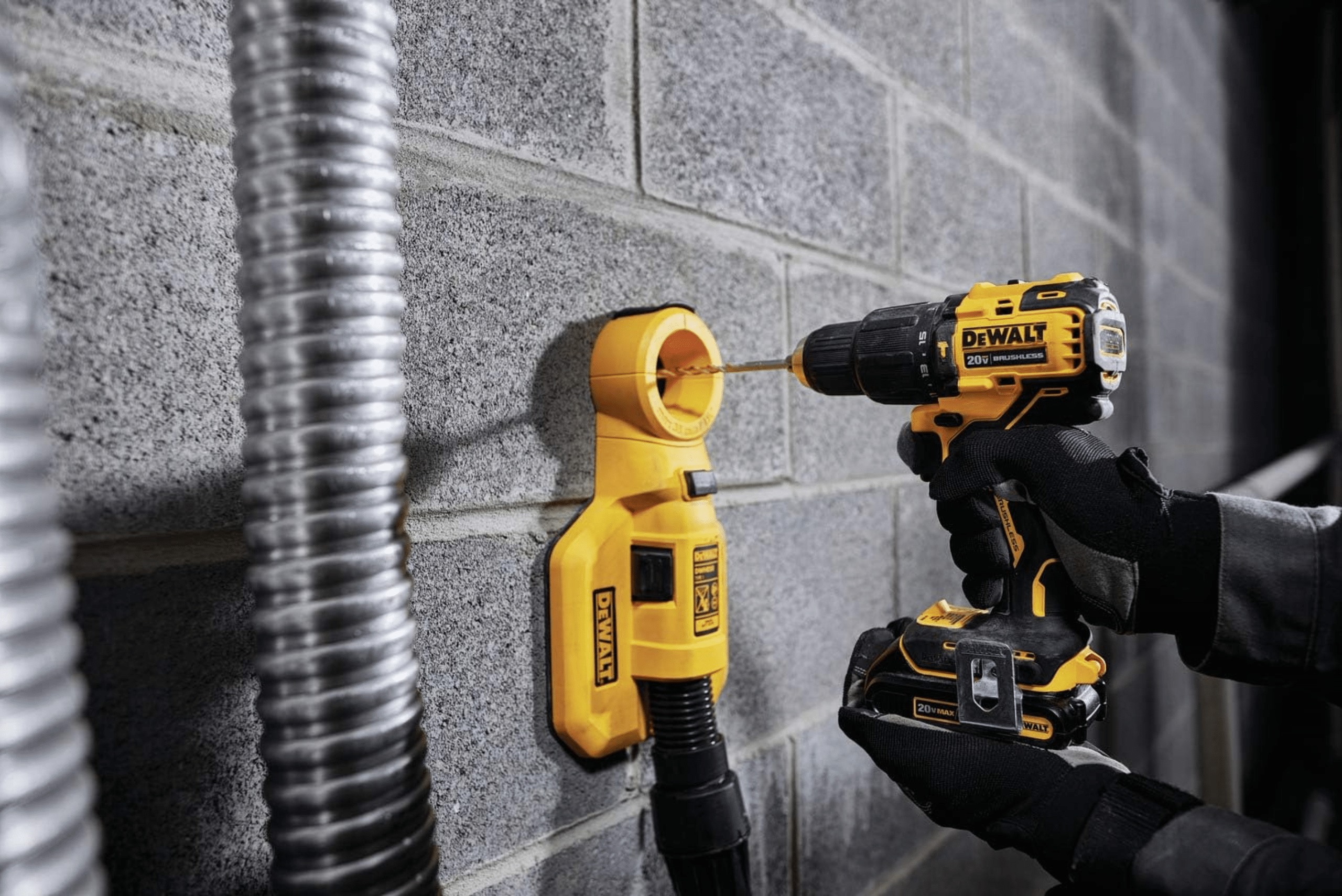
- If you are drilling holes into the exterior of a home, such as for venting.
- If you are drilling holes in concrete floors for mounting fasteners.
- If you are drilling holes for mounting a sign on concrete or stone.
- If you are drilling holes in concrete ceilings for fixtures.
Quick Takeaways
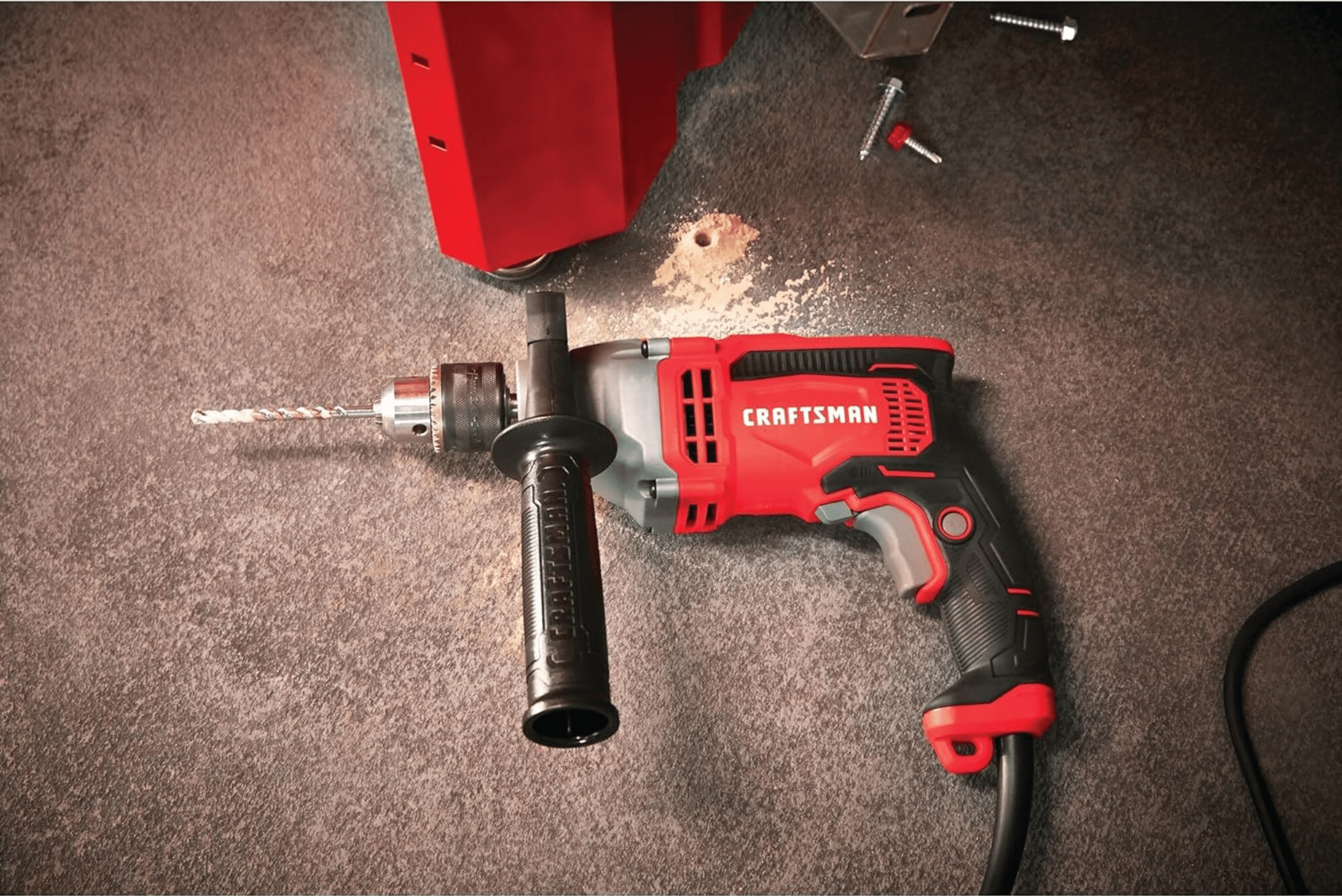
- A hammer drill is a type of drill that has a hammering action built into the drill bit holding mechanism.
- This hammering action helps to break up hard materials like concrete or brick, making it easier to drill through.
- The hammering action is achieved through a mechanism that creates a rapid back-and-forth motion in the drill bit.
- Hammer drills tend to be heavier and bulkier than impact drivers, which can make them more difficult to maneuver in tight spaces.
- They are typically used for projects that require drilling into hard materials like concrete, brick, or stone.
- Hammer drills are available in both corded and cordless versions.
Impact Drivers
An impact driver is a power tool used to drive screws and bolts into various materials. Unlike a traditional drill, an impact driver delivers rotational force through a series of quick, tapping blows, making it more efficient at loosening or tightening stubborn fasteners. The tool consists of a motor, a clutch, and an anvil.
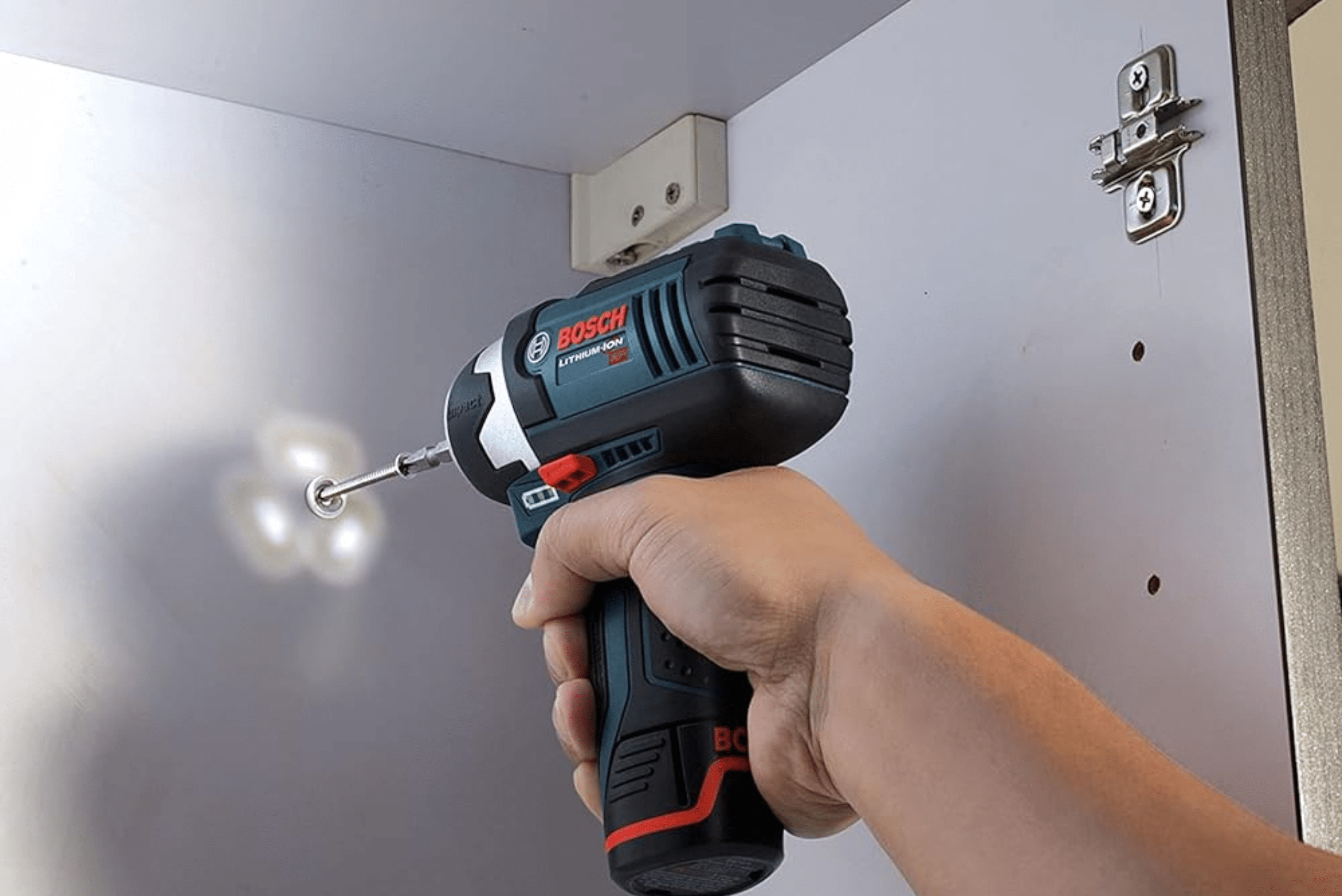
When the trigger is pulled, the motor turns a spring-loaded hammer, which then strikes the anvil, creating a high-torque rotational force. You should be careful when using an impact driver to avoid over-tightening bolts or fasteners.
Impact drivers are versatile tools that can be used for a variety of tasks, from hanging shelves to building decks, and are especially useful for working with dense or hard materials. They are also lightweight and compact, making them easy to handle and maneuver in tight spaces.
Advantages
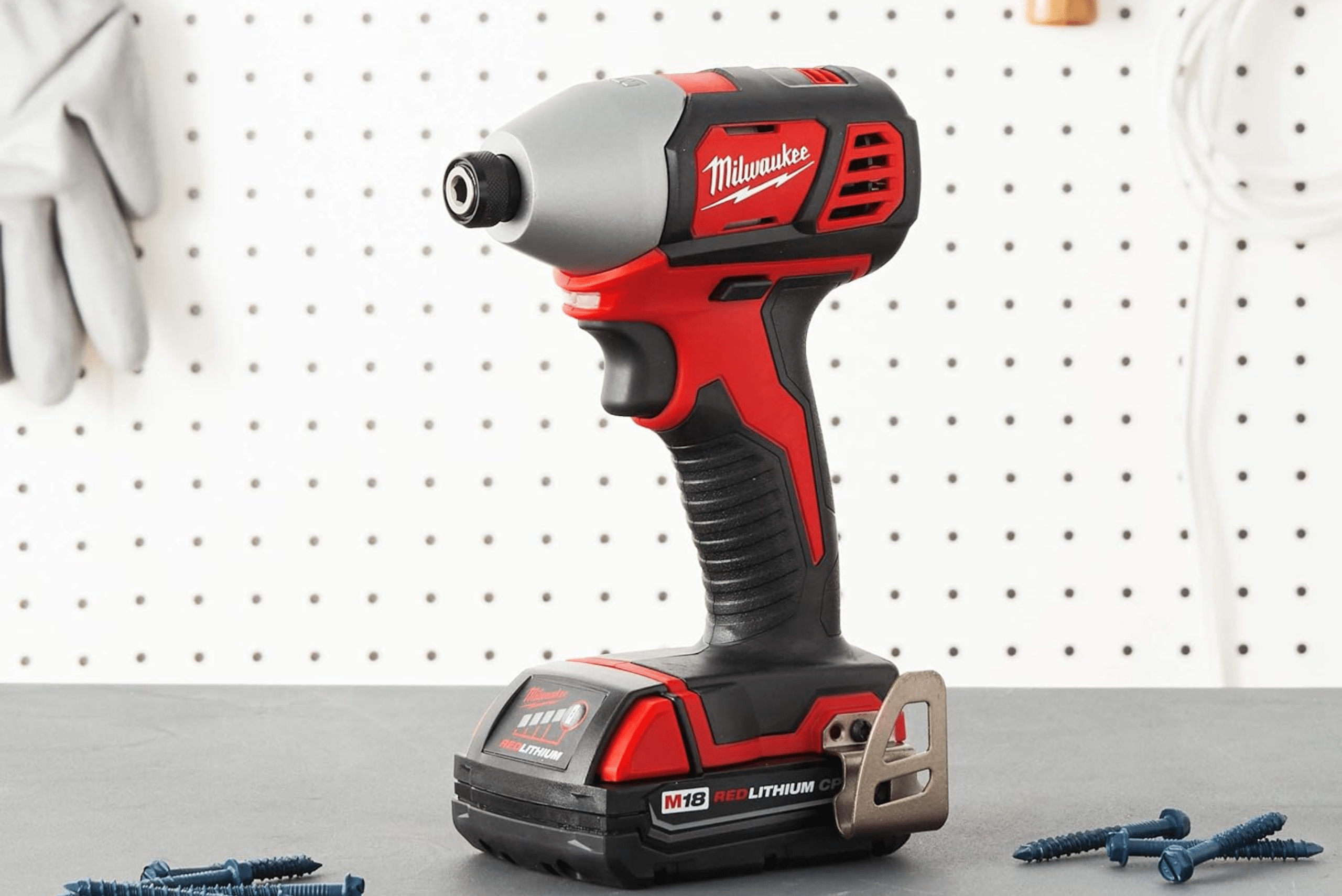
One of the biggest advantages of using an impact driver is its high torque output, which allows it to drive screws and other fasteners with ease. This means that you can complete your projects faster and with less effort than if you were using a traditional drill.
Additionally, impact drivers are designed to be compact and lightweight, which makes them easier to handle and maneuver in tight spaces. Another advantage of impact drivers is their versatility. They can be used with a wide range of accessories, such as drill bits, hole saws, and nut drivers, which makes them suitable for a variety of tasks.
Finally, impact drivers are typically more durable than traditional drills, which means that they can withstand heavy use without breaking down. Overall, if you’re looking for a tool that can help you work more efficiently and effectively, an impact driver is definitely worth considering.
When to Use an Impact Driver
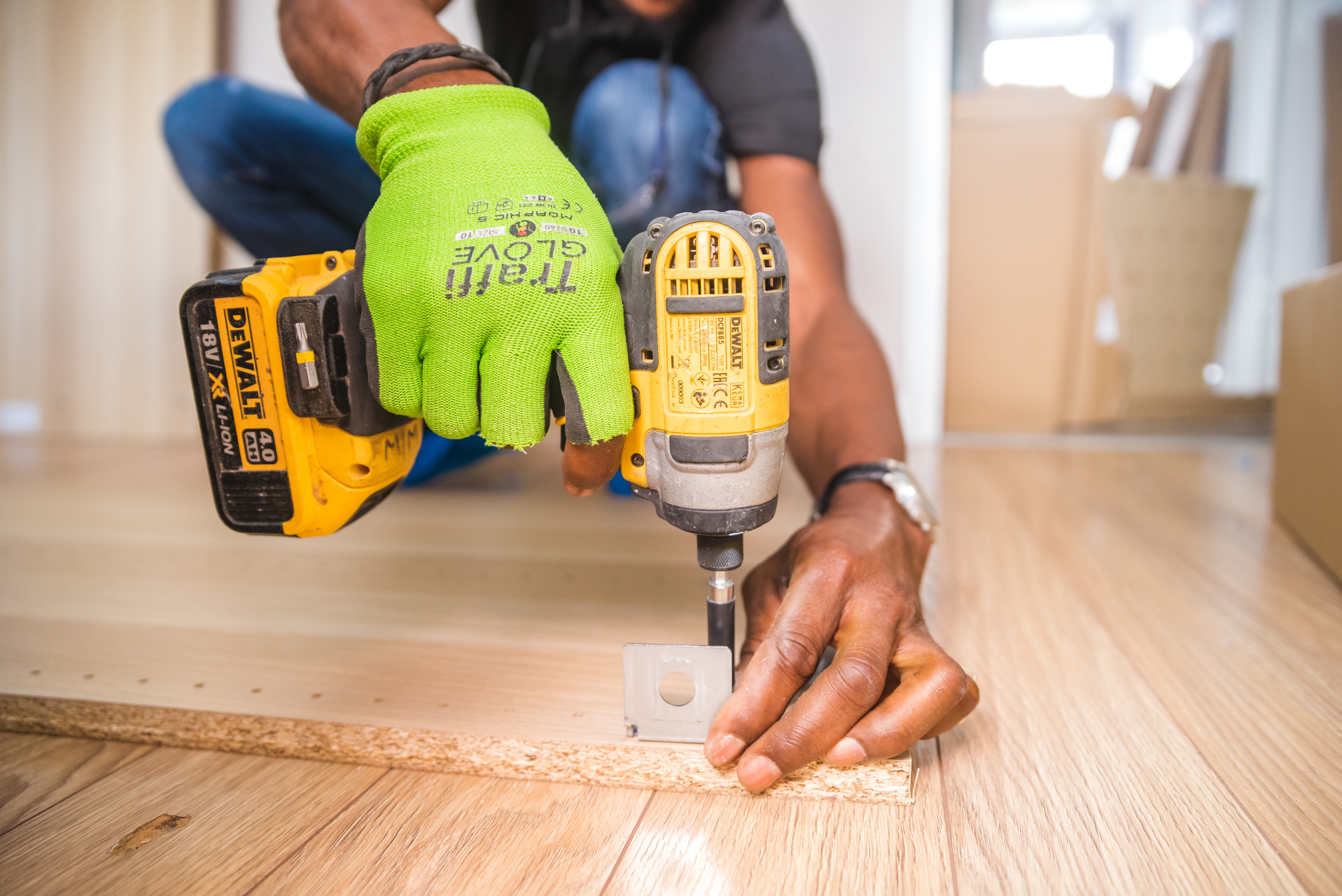
- If you are driving screws or other fasteners into hard materials like wood or metal, an impact driver is the best choice.
- If you are looking to drive a fastener into a wall or metal surface, such as roofing screws, self-tapping screws, and much more.
- Impact drivers are also useful for projects that require driving a large number of screws, as they are faster and more efficient than traditional drills.
Quick Takeaways
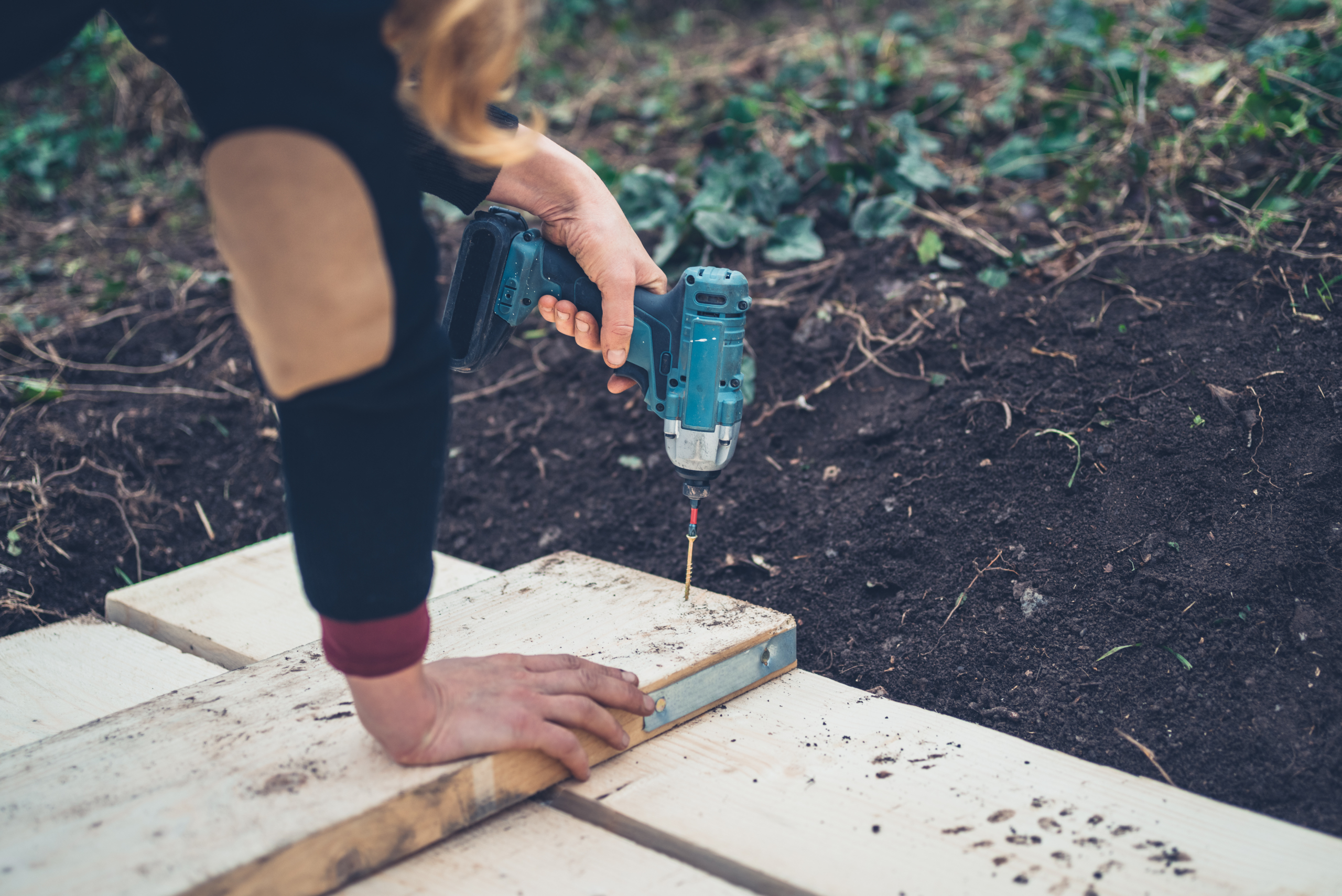
- An impact driver is a type of power tool that uses concussive force to drive screws and other fasteners.
- Unlike a traditional drill, which relies on torque to drive screws, an impact driver uses a combination of rotational force and concussive force to drive screws more efficiently.
- Impact drivers are smaller and lighter than hammer drills, which makes them easier to use in tight spaces.
- They are typically used for projects that require driving screws or other fasteners into hard materials like wood or metal.
- Impact drivers are available in both corded and cordless versions.
Factors for Choosing
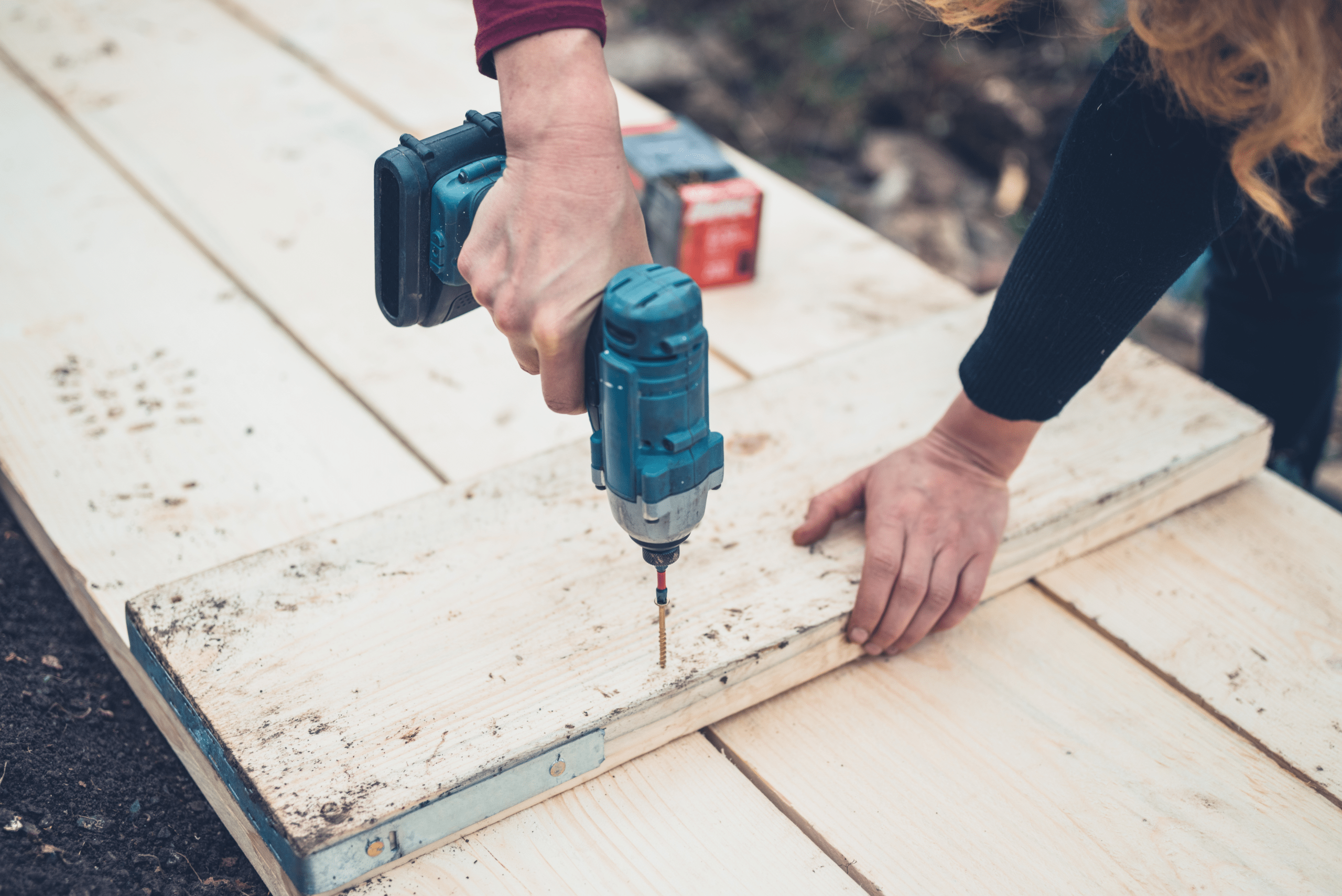
Another factor to consider is the size and weight of the tool. Hammer drills are typically more massive and bulkier than impact drivers, which can make them difficult to use in tight spaces. On the other hand, impact drivers are lighter and more compact, making them ideal for use in confined spaces.
Lastly, you need to consider the price. Hammer drills are generally more expensive than impact drivers, which can be a significant factor if you’re working on a tight budget. However, if you’re looking to expand your tool collection, both of these tools are great candidates, but you might want to invest in an impact driver first if you are on a budget.
Direct Comparison
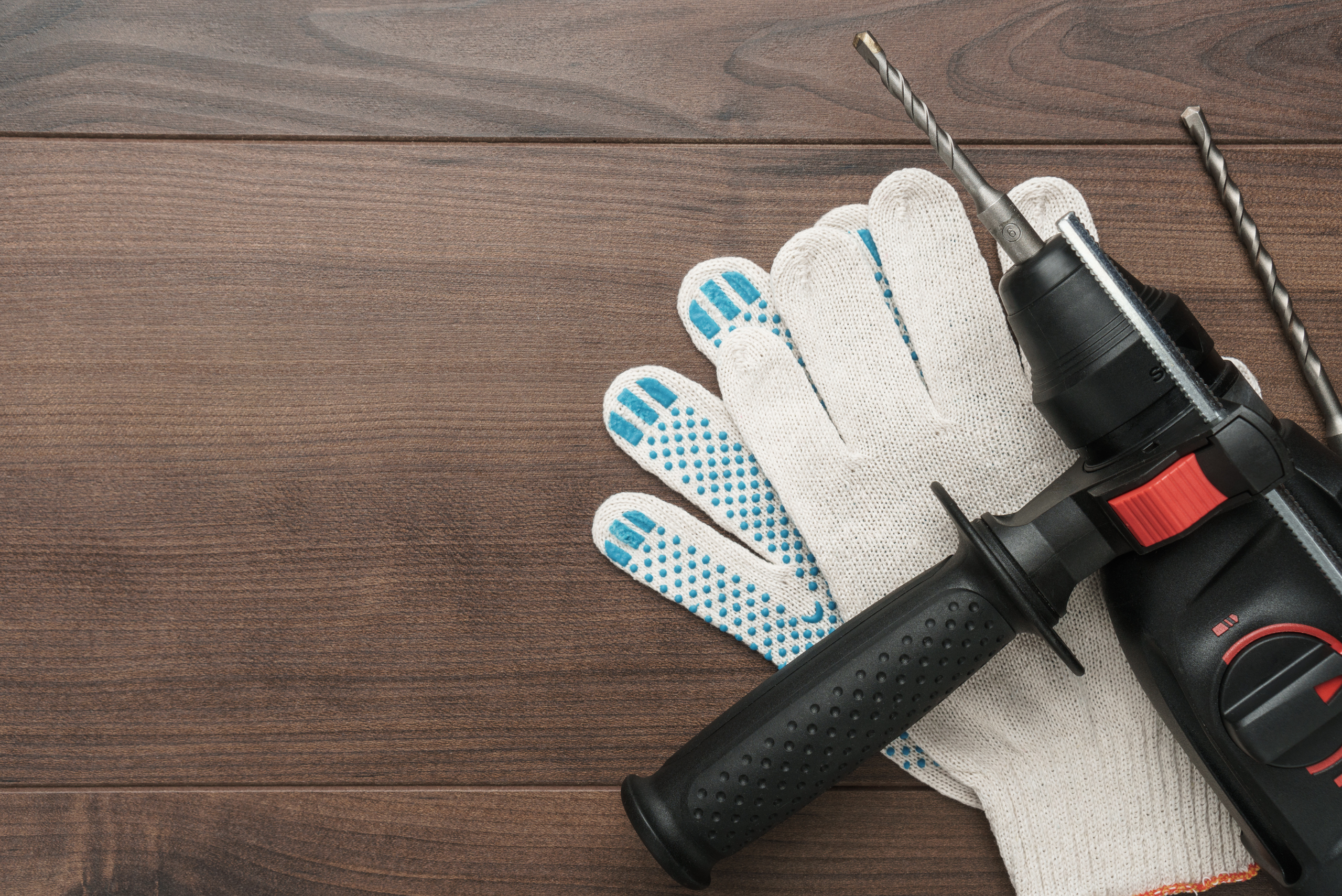
Features
Impact drivers are designed to drive screws and bolts quickly and efficiently. They have a hexagonal chuck that can hold driver bits securely. They also feature an impact mechanism that delivers high torque with minimal effort. On the other hand, hammer drills are designed for drilling into hard materials like concrete and masonry. They have a keyed or keyless chuck that can hold drill bits and a hammering mechanism that delivers rapid blows to the bit to break up tough materials.
Performance
Impact drivers are great for driving long screws and fasteners into wood and metal. They can deliver high torque with little effort, making it easy to drive screws into dense materials. Hammer drills, on the other hand, are designed to drill into hard materials like concrete and brick. They can deliver a lot of power to the bit, making it easy to create holes in tough surfaces.
Versatility
Impact drivers are versatile tools that can be used for a variety of applications, including driving screws, drilling holes in wood, and assembling furniture. However, they are not suitable for drilling into masonry or concrete. Hammer drills, on the other hand, are designed specifically for drilling into hard materials. They are less versatile than impact drivers, but they excel at drilling through tough surfaces.
Choosing between a hammer drill and an impact driver depends on the specific task at hand, the size of the tool, and your budget. With these factors in mind, you can make an informed decision that will help you get the job done efficiently and effectively. Ultimately, having both tools in your arsenal will give you the flexibility to handle any project that comes your way.
Frequently Asked Questions (FAQs)
What’s the difference between a hammer drill and an impact driver?
A hammer drill is a power tool that combines drilling with a forward hammering motion for drilling into hard materials like concrete or masonry. An impact driver, on the other hand, is a power tool designed for driving screws and bolts with high torque and speed.
Which tool is better for drilling into concrete?
If you’re drilling into concrete, a hammer drill is the better option. The forward hammering motion helps break up the concrete, making it easier to drill into.
Which tool is better for driving screws?
If you’re driving screws, an impact driver is the better option. The high torque and speed make it easier to drive screws without stripping them.
Can an impact driver be used as a drill?
While an impact driver can be used as a drill, it’s not as suitable as a hammer drill when it comes to drilling into hard materials.
Can a hammer drill be used as a driver?
While a hammer drill can be used as a driver, it’s not as effective as an impact driver when it comes to driving screws or bolts.
Which tool is better for DIY projects?
If you’re doing DIY projects, both tools can be useful depending on the task. However, an impact driver is generally more versatile and can be used for a wider range of tasks.
Which tool is better for professionals?
If you’re a professional contractor or builder, both tools are essential to have in your toolkit. However, a hammer drill is better for heavy-duty tasks like drilling into concrete or masonry, while an impact driver is better for fastening screws and bolts quickly and efficiently.


